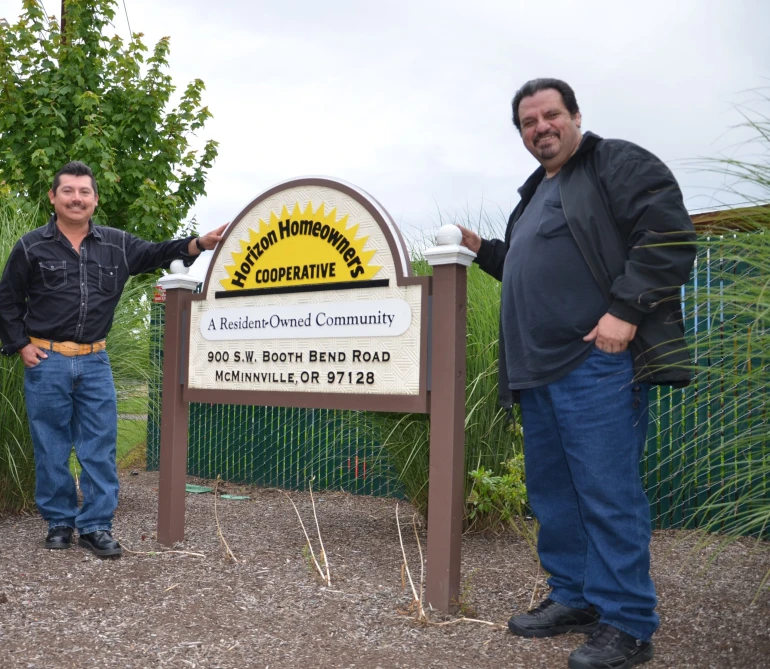
Last year, the Pew Research Center reported that most Americans are feeling that the political discourse has become less respectful, less fact-based and less substantive. The ongoing presidential election brings these feelings front and center and, as it is commonly expressed, exposes deep divisions in our society.
The division has an apparent geographic component that is reinforced by the map of race results; the state-by-state red and blue map. While I am in fact color blind, that map is clear and the contrast unavoidable.
(Truly, you should not ask me if your sweater vest matches your shirt.)
I am however not blind to the fact that within the country’s Electoral College map are many communities; nearly 20,000 incorporated cities, towns and villages and hundreds of thousands of neighborhoods.
When I look at our country, the neighborhoods in my mind’s eye are the Resident Owned Communities that I’ve toured and the co-op Member-owners I’ve met. I see Applewood Estates in Midvale, Utah, and the Associacion de Residentes de North Lamar in Austin, Texas. I see Elias and Jorge in McMinnville, Ore., and Kathy in Taunton, Mass.

I don’t see division. I am seeing neighbor-helping-neighbor responses to this pandemic, and excitement for neighborhood projects that benefit the whole community. I see people committed to working together for the betterment of their community. I see pride when co-op leaders tell me about comments from local officials about the observable social and physical changes since their co-op took ownership.
And, I am seeing resiliency in the face of a once-in-a-century pandemic and another deep recession, too. I am seeing co-op leaders working with creativity and added dedication during a period of time that has challenged everyone I know.
While the larger picture – the national condition – feels messy, and out of sorts, ROCs are protected.
You see, in ROCs, Member-owners have clearly aligned interests: They own their home and one share in in their co-op, where they also have one vote. And, they’re neighbors, and it is in neighborhoods where Americans have always demonstrated care and concern for one another. If your neighbors are trying to put a rail on the front steps and need a circular saw, you lend it to them. If they don’t know how to use it, you show them or make a few cuts for them.
That clear and strong underlying economic alignment within clearly defined neighborhoods is without question one of the fundamental building blocks of unity and resiliency.
I’ve seen this play out in communities over my 30-year career: A significant community challenge that would reduce some business owners to nothing, Member-owners unite because of what they share.
I’ve seen community renewal out of some dark situations, and it always starts with people coming back to expressing their shared – their aligned – interests: expressing what brings us together, what we share.
It’s very hard to see on a large map, but when you look really close, you see great strength and unity in neighborhoods, especially in secure and empowered Resident Owned Communities.
And thank goodness for that.






